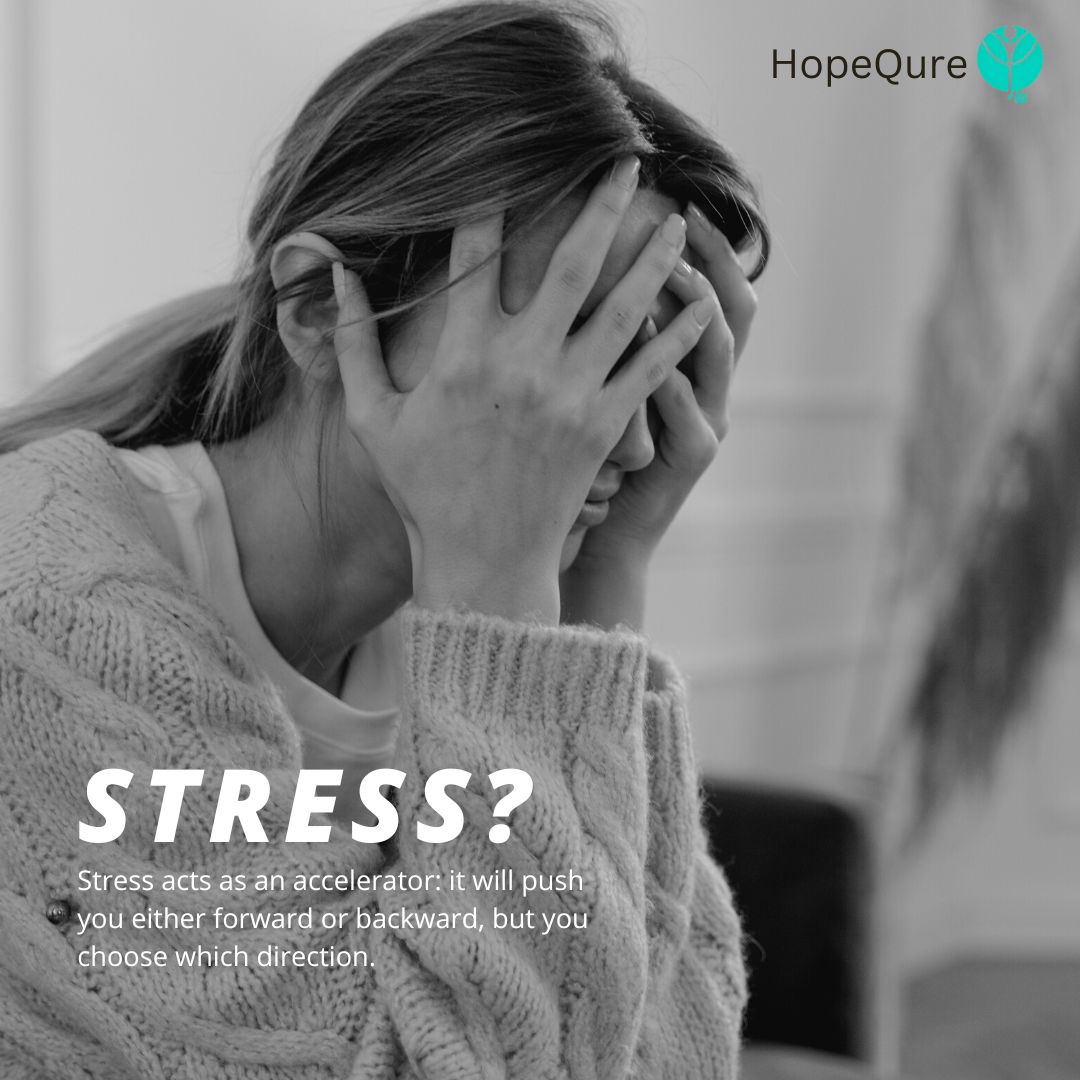PTSD, or Post-Traumatic Stress Disorder, is a complex mental health condition that can have profound effects on an individual's life. From debilitating symptoms to social isolation, the impact of PTSD can cast long shadows over one's daily existence. However, by understanding the condition, seeking appropriate help, and adopting effective coping strategies, it's possible to overcome these shadows and reclaim a sense of control and well-being.
1. Introduction to PTSD
PTSD is a mental health disorder that can develop after experiencing or witnessing a traumatic event. It can affect anyone, regardless of age, gender, or background. While many people associate PTSD with military combat, it can also result from other traumatic experiences such as natural disasters, accidents, or acts of violence.
2. Understanding PTSD: Causes and Symptoms
PTSD is characterised by a range of symptoms that persist long after the traumatic event has ended. These symptoms can include intrusive memories, flashbacks, nightmares, severe anxiety, and emotional numbness.
- Common Triggers: Certain situations or stimuli can trigger PTSD symptoms, such as loud noises, crowded spaces, or reminders of the traumatic event.
- Symptoms and their Variations: PTSD symptoms can vary widely from person to person. Some individuals may experience primarily emotional symptoms, while others may struggle with physical symptoms such as headaches or gastrointestinal issues.
3. The Impact of PTSD on Daily Life
- Emotional Effects: PTSD can lead to intense feelings of fear, anger, guilt, or shame. These emotions can make it difficult to form and maintain relationships, hold down a job, or engage in everyday activities.
- Physical Effects: Chronic stress associated with PTSD can take a toll on the body, leading to problems such as high blood pressure, heart disease, or chronic pain conditions.
- Social Effects: Many individuals with PTSD experience social withdrawal or isolation due to difficulties in relating to others or avoiding triggers in social situations.
4. Seeking Help: Therapy and Treatment Options
- Therapy Approaches: Cognitive-behavioral therapy (CBT) is often recommended for treating PTSD. This type of therapy helps individuals identify and change negative thought patterns and behaviours related to their trauma.
- Medications: Antidepressants and anti-anxiety medications may be prescribed to help manage symptoms of PTSD, particularly when combined with therapy.
- Alternative Treatments: Some individuals find relief from PTSD symptoms through alternative treatments such as mindfulness meditation, yoga, or art therapy.
CHECK IT OUT NOW: Ptsd Trauma Therapist Near Me
5. Self-Help Strategies for Coping with PTSD
- Stress Management Techniques: Learning to manage stress through techniques such as deep breathing, progressive muscle relaxation, or guided imagery can help reduce PTSD symptoms.
- Healthy Lifestyle Habits: Eating a balanced diet, getting regular exercise, and prioritizing sleep can all contribute to improved mental health and resilience.
- Support Systems: Building a support network of friends, family members, or support groups can provide invaluable emotional support and encouragement.
6. Overcoming Stigma and Seeking Support
- Addressing Stigma: Stigma surrounding mental health can prevent individuals from seeking help for PTSD. It's important to challenge stereotypes and promote understanding and acceptance of mental health conditions.
- Importance of Support Networks: Having a supportive and understanding network of friends, family, or fellow survivors can play a crucial role in the recovery process.
7. Creating a Personalized Recovery Plan
- Setting Realistic Goals: Working with a therapist or counsellor to set achievable goals can provide a sense of direction and motivation for recovery.
- Identifying Triggers and Coping Mechanisms: Learning to recognize and manage triggers can help individuals navigate difficult situations and reduce the frequency and intensity of PTSD symptoms.
8. Building Resilience and Finding Meaning
- Cultivating Resilience: Resilience is the ability to bounce back from adversity. Building resilience involves developing coping skills, maintaining a positive outlook, and fostering strong social connections.
- Finding Purpose and Meaning: Engaging in activities that bring joy, fulfilment, and a sense of purpose can help individuals move forward from trauma and rebuild their lives.
9. Living Beyond PTSD: Thriving After Trauma
- Embracing Post-Traumatic Growth: While trauma can be incredibly challenging, many individuals find that it also opens up opportunities for personal growth and transformation.
- Celebrating Progress and Milestones: Recovery from PTSD is a journey, not a destination. It's important to celebrate small victories and milestones along the way.
10. Conclusion
PTSD can cast long shadows over an individual's life, but with understanding, support, and effective coping strategies, it's possible to overcome its grip and emerge stronger on the other side. By seeking help, building resilience, and finding meaning in the aftermath of trauma, individuals can reclaim their sense of self and create a life filled with hope, purpose, and possibility.


No comments yet